
Leica M8
Leica 50mm f/1.4 Summilux-M
50mm, 1/60 Sec at f/2, ISO640
Post Processed in Adobe Lightroom V5.3
On a MacBook Pro, OS-X 10.9.2

Family, Photography and other misc news

This weekend we here in the UK switch from GMT to BST, so the clocks get moved forward one hour.
Something many photographers forget is to update there cameras. So just a quick reminder, as well as your clocks, heating timers, car and bike clocks, check your cameras too. They may have a summertime setting or you may need to change the clock manually.
My Wacom tablet does not save its screen mappings when I use two monitors.
It turns out the latest drivers: 6.37-3 for OS X or 6.37-6 for Window 7/8 have a bug, so when I configure the application mapping to a single screen when in Adobe Lightroom it forgets the settings when I next come to use it.
There is a work round, you can define a custom mapping range, if you make this range match the resolution of your monitor it basically does the same thing as a single monitor mapping. Only the custom setting is not forgotten.
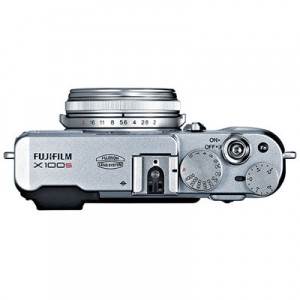
When I think of good customer service I tend to think of Marks and Spencer, Hasbean and Wexphotographic.
All three have gone beyond what was necessary to give me good customer service.
While mistakes should not happen we live in the real world and mistakes do happen. Its how companies deal with mistakes that you learn if you can trust them.
Canon in the past and Nikon recently with the D600 debacle have demonstrated how not to give good customer service.
Fuji released the X100, it was a good camera with some revolutionary features but the focus was subpar, they carried on releasing updates and it got better and better, they listened to there customers and did the right thing.
When the X100s was released it was fairly sorted as cameras go but they carried on releasing updates and it got better and better. With the recent firmware it has no real issues. Then Fuji pulled a surprise; they released a focus update for the old X100, all of a sudden users of the X100 did not have to upgrade to get the better focus. Fuji put customers ahead of sales and built trust. How many of those X100 users who did not upgrade to the X100s are going to carry on buying Fuji when they want to move on. Most of them I expect.
Just over a week ago issues with the new X T1 started to emerge, you can read the details here at Chris Bennett’s Photo Blog, once again Fuji has stepped up and is doing the right thing.
Other camera companies better watch out, Fuji are building a great system but more important they are building a reputation of a company that can be trusted with your money and when issues occur they will sort them out.
At the weekend I finished typing up my notes from my testing of the Epson papers and comparing them with a few others I had around, I hope you find my notes useful.
The papers tested here are all heavy weight cotton papers, they feel good in the hand and they have a matt finish. They all use the MK Black Ink not the photo black so they can never give as intense rich blacks as typical glossy photo paper; with these papers its all about the feel and the texture, they are object of art to hold and to experience.
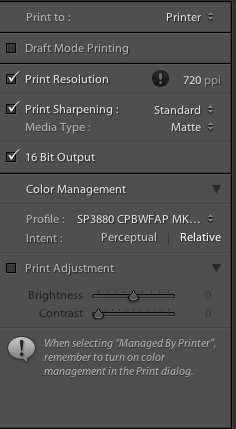
I also printed the test images on Canson Infinity Baryta Photographique, rated by many photographers and fine art printers who I trust as one of the best papers currently available for Image Quality, Dynamic Range and Sharpness. This is not a true matt paper and uses the Photo Black Ink.
All these images were uprez’ed in Lightroom V5.3 to 720 ppi as all were above 360 ppi and printed to my new Epson 3880 at 2880 dpi.
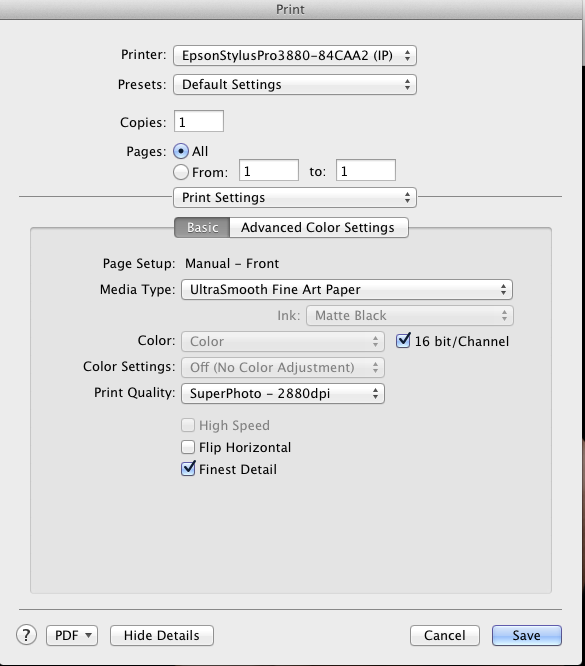
As I had selected 720ppi I needed to make sure Finest Detail was selected. I believe in the manual it says to use this only for vector graphs, but I know of some one who knows the Epson printer driver software team and this setting tells the printer driver that the computer operating system is out putting at 720ppi and not 360ppi and you get better quality. Note if your a canon printer user use either 300ppi or 600ppi.
The Epson is best when accepting either 360ppi or 720ppi depending on the printer driver settings. You can send anything you like and the printer driver will uprez or downrez as required but its not a very sophisticated algorithm, the one in Lightroom is about the best there is. It even gives better results then Photoshop CC.
If your not using Adobe Lightroom as your printing program then a) why not, and b) ignore what I have written so far and use what the program recommends.
For the test images I picked a selection that is representative of my work.
 A Studio Glamour Portrait of Lisa. The red is very difficult for matt papers to handle and out of Gamut for most.
A Studio Glamour Portrait of Lisa. The red is very difficult for matt papers to handle and out of Gamut for most.
 Art Nude High Contrast Black & White of Amy Rose, a very difficult picture to print well with the deep shadows and blown highlights.
Art Nude High Contrast Black & White of Amy Rose, a very difficult picture to print well with the deep shadows and blown highlights.
 A Typical Wedding Day Portrait; Crystal and Chris on their wedding day. The Stone, Tree and Cream suit and white dress a challenging mix of colours for a matt paper to get right.
A Typical Wedding Day Portrait; Crystal and Chris on their wedding day. The Stone, Tree and Cream suit and white dress a challenging mix of colours for a matt paper to get right.
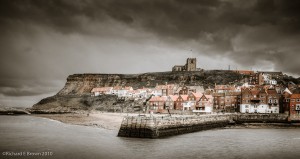
One of my desaturated soft landscapes, very suitable for warm textured paper but would the detail come through.
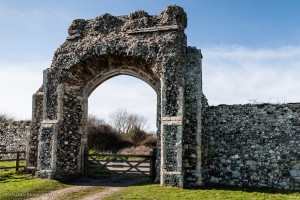
This was just a grab shot, nothing special but the blue sky, green grass and fine textured stonework would be a good test.
Here are my Notes:
A beautiful natural looking subtle textured paper.
Best Textured for Weddings.
Good general purpose matt textured paper will suit many subjects.
I bought this paper for a particular project and it looks like not only will it work well for that project i’ll be getting more as my go to textured paper.
Now get to the main part of this test the Epson papers consisting of:
The Hot Press have a very lightly textured surface, while the Cold Press are a heavily textured almost hand made water colour style of paper.
The Bright papers are pure white and use OBA’s (Optical Brightening Agents) and the Natural are a warm gentle creamy white without OBA’s.
General Landscapes very good natural skies
Suites wedding dresses better then Natural papers.
Good texture; not too textured to interfere with fine detail.
Wonderful water coloured styled paper, lots of texture, suits my soft focus landscapes.
Both brights can be a little two bright for some subjects but slightly more accurate whites then the Natural and blue skies were rendered better then the Natural Papers.
The white is very warm does not produce accurate colour on some whites, not suitable for weddings as the white dresses become slightly cream.
A warm paper very pleasing for my art nude work.
Very good for some soft focus or destaturated photographs and black and whites.
Heavy water coloured texture and warmth very pleasing but needs right subject.
Natural papers have warmth so can affect whites, gives a pleasing result but not for all subjects.
While I stated the Natural does not have accurate colours for weddings as the whites can come out cream, I can see because of the texture of the Cold Press Natural some wedding customers loving this paper when printed big as it looks almost like a large painting due to the watercolour feel.
Image quality, sharpness and colour gamut far better the the four Epson papers but then the Epsons are for a very different purpose.
Canson can seem a little cold compared to the Epsons but image quality cannot be matched.
Not as heavy a paper as the Epsons does not give the feeling of quality or make you think you are holding an object of art.
All the papers are very very good and in practice there is very little in it, we are splitting hairs here. If you need the Dynamic Range and Colour gamut then the Canson is the one to go for. I was extremely impressed with the Hahnemuhle Photo Rag Satin, noticeably its suitability for many subjects, I shot, Glamour Portraits, Art Nude and Wedding Portraits on it and the gentle texture and good colour suited everything. I loved the heavy texture of the Epson Cold Press, but this suited only a narrow range of subjects. The Epson Hot Press did not hide the detail as much and so suited more subjects. The big question is OBA’s do you go for the Bright or the Natural. The whites have a better impact on the Epson Bright but behind glass or perspex you would not notice. The Natural was slightly warm and if your shooting wedding dresses or fashion its not the paper to go for. What would I pick? Well for me it would be the Hahnemuhle Photo Rag Satin and the Epson Cold Press Natural. For me they are the best matt papers of these.
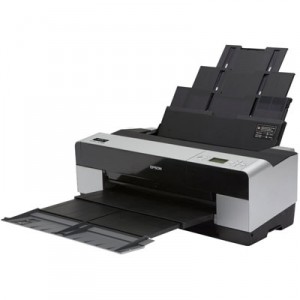 If your into printing then there is a hot and vocal debate on the use of OBA’s.
If your into printing then there is a hot and vocal debate on the use of OBA’s.
First what is an OBA?
Well its an Optical Brightening Agent. In the old days this was a coating on the paper, now most papers that have OBA’s have it built into them.
What does it do?
It turns Ultraviolet light outside of the visible spectrum and fluoresces it into white light that can be seen, this then gives a pure bright white that makes the blacks look black and improves the contrast of the image.
So why the debate?
Well back when they first came out the coating wore away, not an issue as then the paper acts like a natural paper, the issue was it wore unevenly and made your prints look blotchy.
Manufactures say they have now fixed this and that they will wear evenly, but many photographers and printers who want the work to last do not trust them anymore.
If your picking a paper that uses OBA’s you also need to consider how it will be displayed; if framed behind glass or most modern perspex then it will not work and you will get a normal white. If its framed in a room receiving little natural light then again you will not get the affect.
I have been testing some papers recently that have OBA’s and the whites can be better then naturals but there are also other methods to get a better white that can be used.
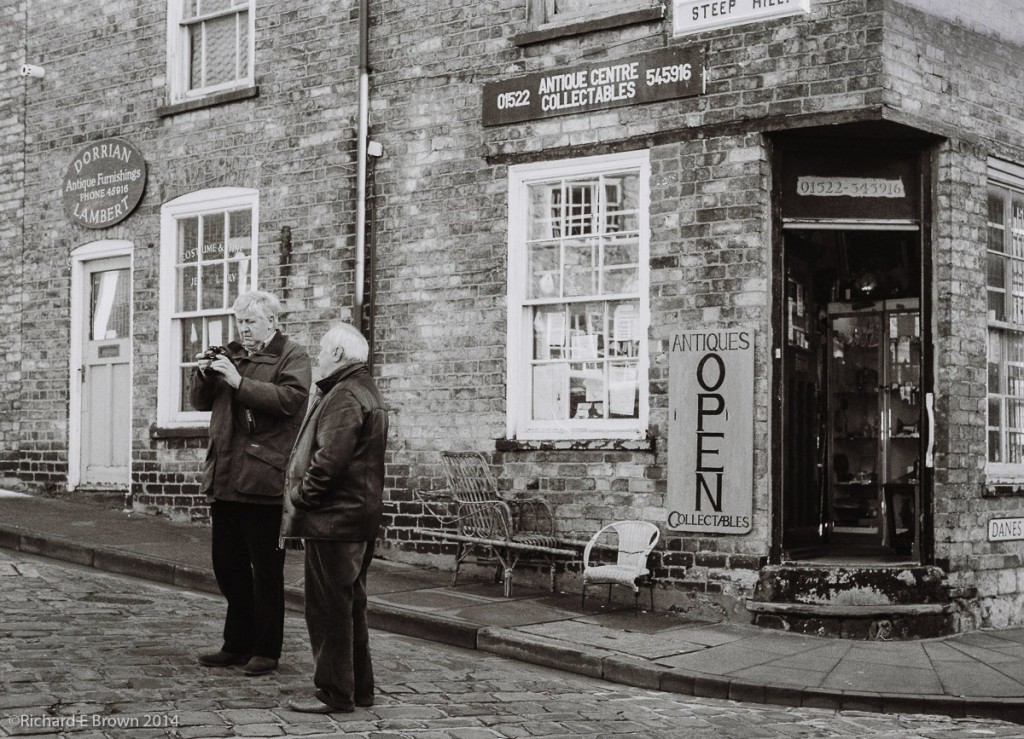
Time for another film Friday, on one of my regular excursions up Steep Hill in Lincoln I spotted this gentleman taking photographs of the old Jews House. I could not resist getting a shot of him ‘chimping’ at the results.
As usual for my 35mm film work it was taken on my old Leica M4.
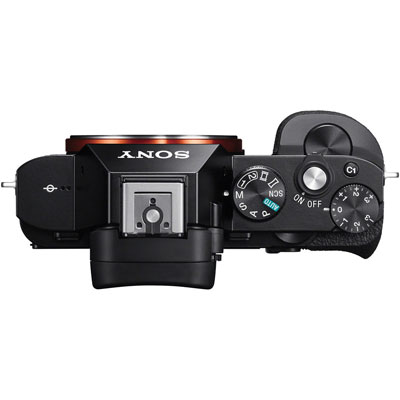
Theres a lot been said about the Sony A7R and A7. The most common comments its that its a Nikon D800 in a small mirror less body.
I have used one a little at camera shops and trade shows and read a lot of reviews from photographers I trust.
For now the cameras as a system is limited due to there only being four lens released. I have been considering them as potential spare bodies for my Leica M.
Part of me does think whats the point of these cameras, with sensors that good and full frame, then to get the best from them you need a heavy tripod and excellent camera technique. The Nikon D800 can suffer a little from camera shake at 1/5 to 1/200, a well weighted tripod and mirror lockup is required but interestingly the Sony A7R also seems to suffer from shake introduced from the shutter in a similar shutter speed range, with no mirror all you can do is utilise a very heavy well damped tripod.
The other issue I have found in my testing and research is that the Sony is using a lossy 11 bit compression on its raw files, and it is noticeable in big prints. The D800 can do genuine 14 bit lossless, when your pushing the limits of dynamic range the Sony can produce posterisation. Why put a class leading sensor in your camera and then cripple the output.
Its not just the Sony A7 range that Sony have done this, the RX1 also suffers from this, hopefully Sony will fix this in a future firmware update.
Interestingly if your a jpeg shooter the conversion to a jpeg takes place before the lossy compression so you can sometimes get better results from the jpegs.
So for me the Sony A7 range and the RX1 compact is off my list.
Its been a busy week so far, buying paper and testing on my Epson 3880. I have selected a set of images that are typical of the type of photography I do. With these images I have been doing lots of printing on Tecco, Epson and Canson paper.
To get an optimum print you need a) a good icc profile which all three manufactures do have on their websites but also b) the correct printer driver settings for the paper type.
Epson is the easiest with it being an Epson printer, but its interesting to note that you cannot download just the profile, you have to download an installer that installs the icc profile and creates a folder with the documentation you need. For some reason Epson have not signed the installer so if you are a Mac user, your Mac will refuse to install the untrusted application, its amazing that a company the size of Epson forgot to sign the installers. They remembered to install the printer driver installer!
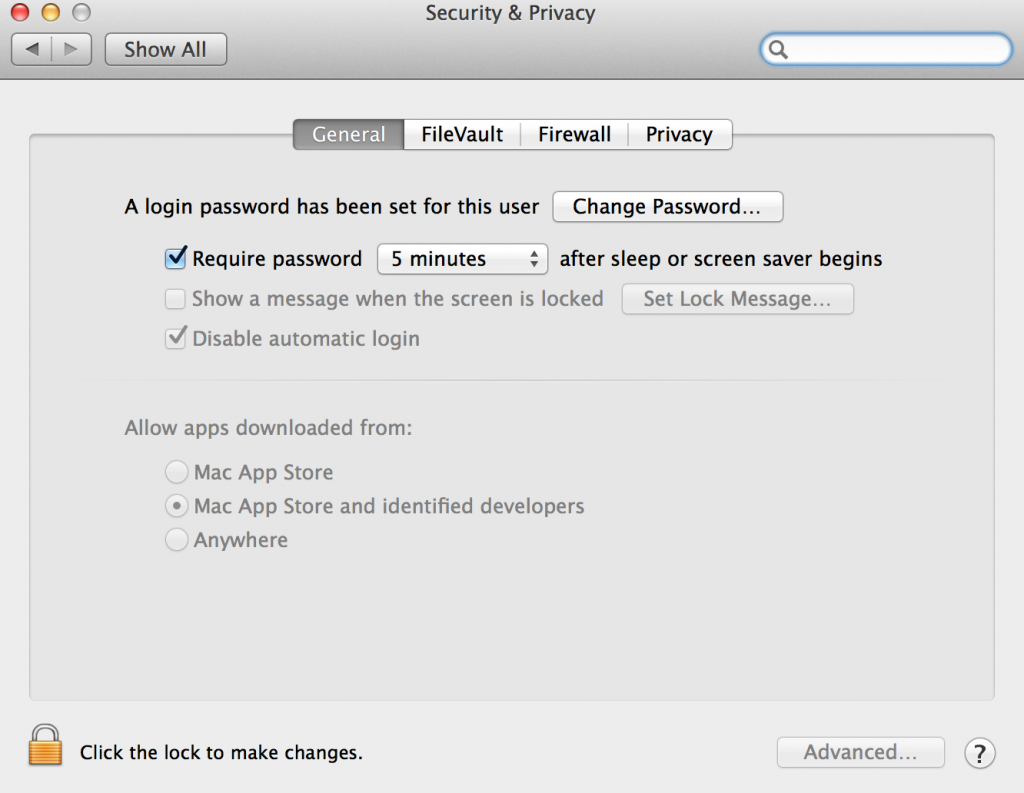
If you have not already you will need to pop into Security & Privacy and change your downloaded apps settings to Anywhere. The installer will still fail if you just double click on it, you will have to command click and select open, that will then give you the option of running the installer.
All three of the paper manufactures have all the information you need to make quality prints but the information can be hidden on the website. It was certainly easier to find on the Epson and Canson sites then on the Tecco. Though I could not find the paper profile page on the Epson site, but my search engine did.
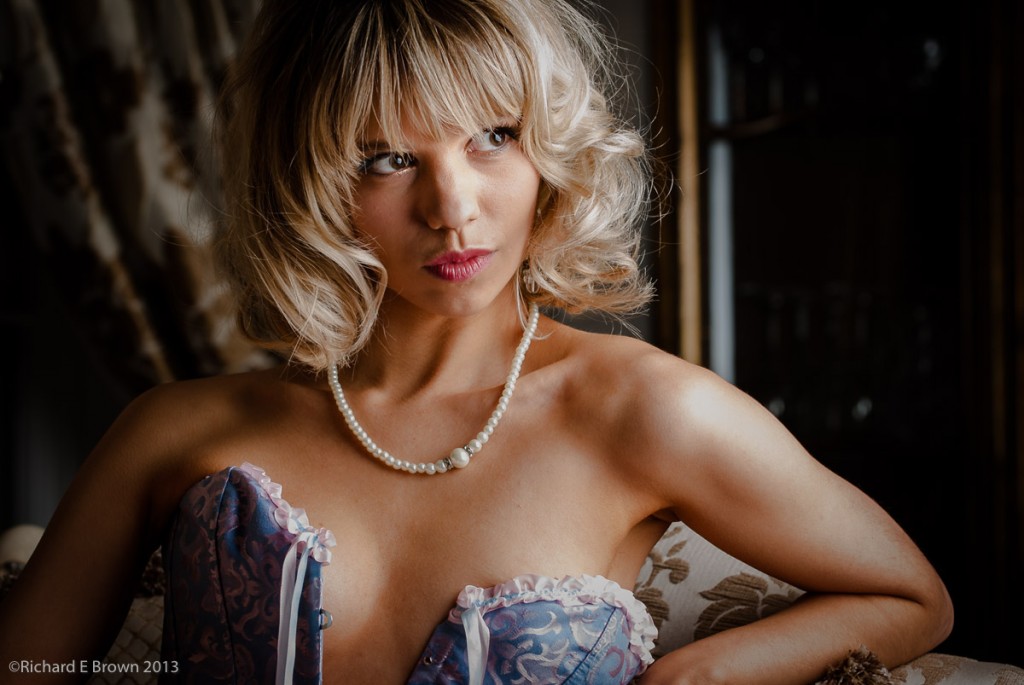
If you visit for internet forums you will find that camera x is rubbish and camera y is the ultimate.
Best DSLR Camera, Nikon, Canon etc, you will see people shouting that one the best and the others are unusable, incapable of producing a decent image.
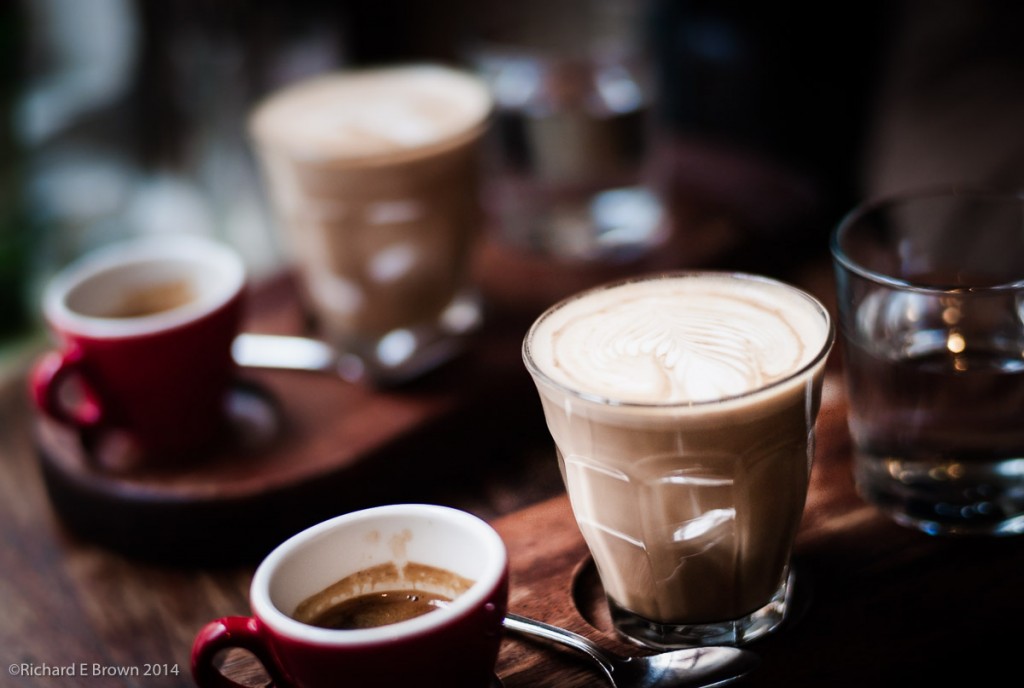
Others claim that the SLR is dead, mirror less is where its at. MicroFourThirds rules, No! Sony Full Frame A7R rules, no you need Fuji and its X system.
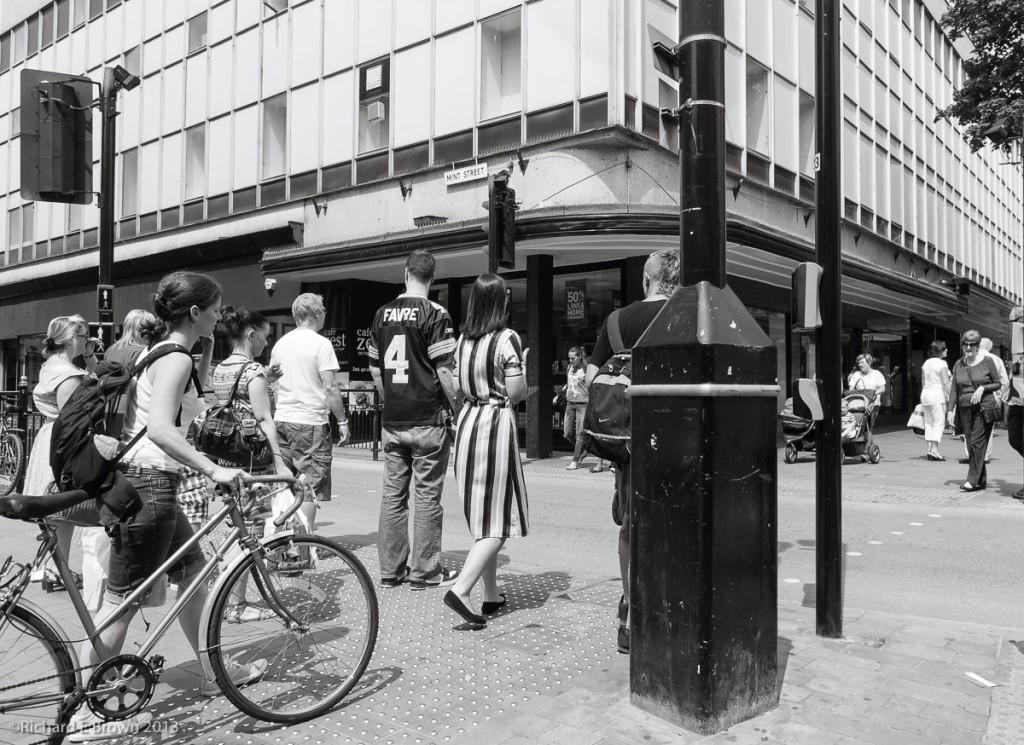
Others its all in the glass, you have to use Leica Glass, or no it has to be Canon L glass.
Well if the image is only going to be printed as big as A4 or is being shown on the internet, you can get excellent results from just about any camera.
The above shots are taken with a mix of cameras, from Nikon D200, Leica M8 to a little Nikon V1. Below an old Nikon S3 compact. Looked at from a 2014 perspective these cameras are old and one would say are past it. The S3 was a 2005 camera as was the Nikon D200. The Leica M8 was released in 2006 and the Nikon V1 is my most modern digital camera used in these photos released in 2011.
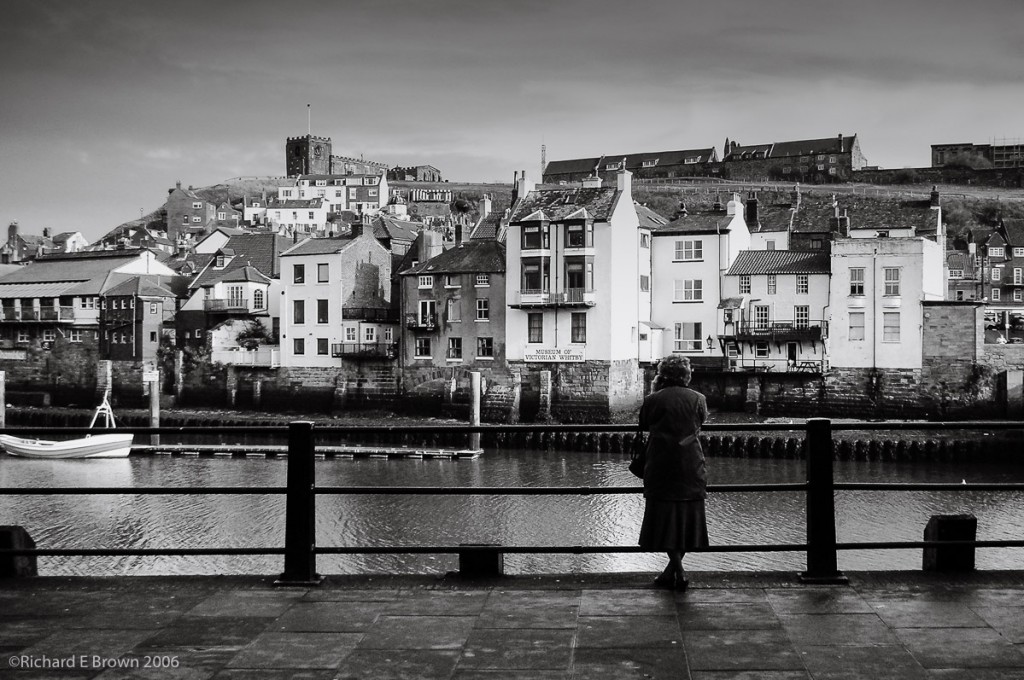
I think you will agree these four photographs are very nice quality images, they will all print well to A4 and I feel tell a story to the viewer. The cameras: well apart from us photographers, who else is really interested in what camera was used, it does not matter.
Yes the V1 being the most modern has the least noise, the Leica with its CCD sensor and Summicron lens a little bit more film like. The SLR was the easiest to use, but what is important, a quality image or image quality?